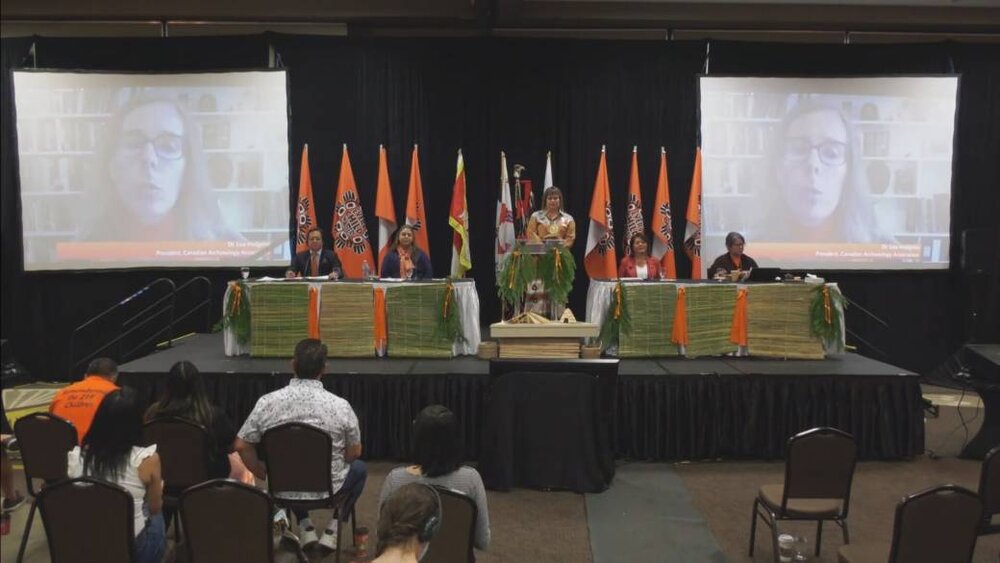First nation group calls on Canadian government to release residential school records

An indigenous group has called on the Canadian government and the Catholic Church to release the attendance records of a boarding school to help identify unmarked graves.
In May, the First Nation announced the initial discovery of 215 unmarked graves of children near the Kamloops Indian Residential School after using ground-penetrating radar equipment to search two acres of land. This is believed to be the largest government-funded, Christian-run school. Now, in a report presenting new scientific evidence, an indigenous group says more than 160 acres near the school still needs to be searched where more graves are expected to be discovered.
A First Nation Chief has appealed to the government and the Catholic Church to release the records of those who attended the school to speed up the search and identity of the children. Since spring this year, the findings of some 1,100 graves, widely believed to hold the remains of indigenous children, has stunned Canadians. However, the exact figure is difficult to ascertain as new research suggests “all residential school landscapes are likely to contain burials of missing children”.
Canada’s first prime minister authorized the creation of a residential school system, established by Christian churches and the government, with the intention of assimilating indigenous people in Canada. Residential schools were compulsory for children aged 7 to 15. Some 150,000 First Nations had been forcibly taken from their homes, with parents surrendering them under the threat of prosecution. The last school closed in 1996.
According to Canada’s Truth and Reconciliation Commission, children died from causes like disease and neglect amid physical and sexual abuse. The report describes the policy behind the system as “cultural genocide”.
